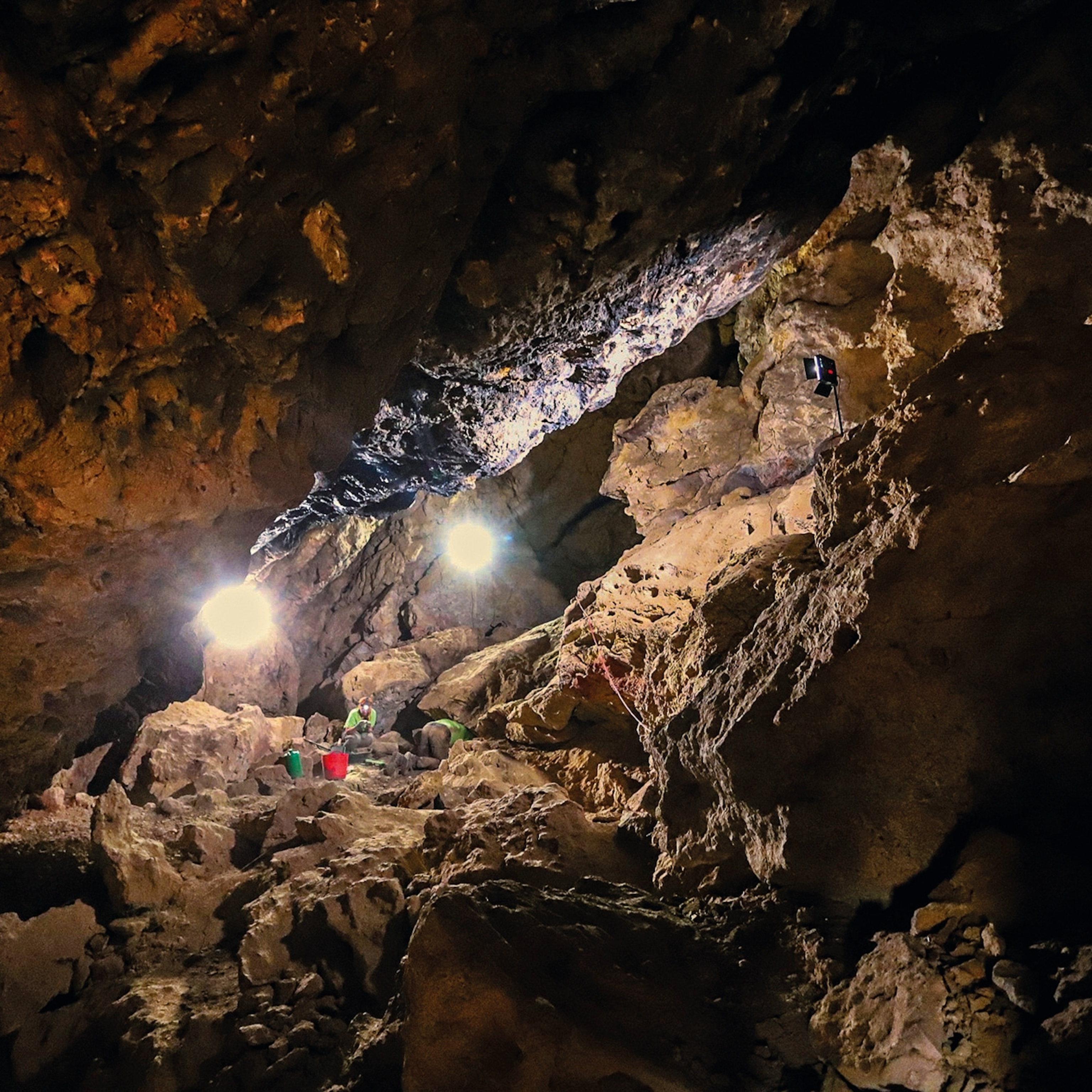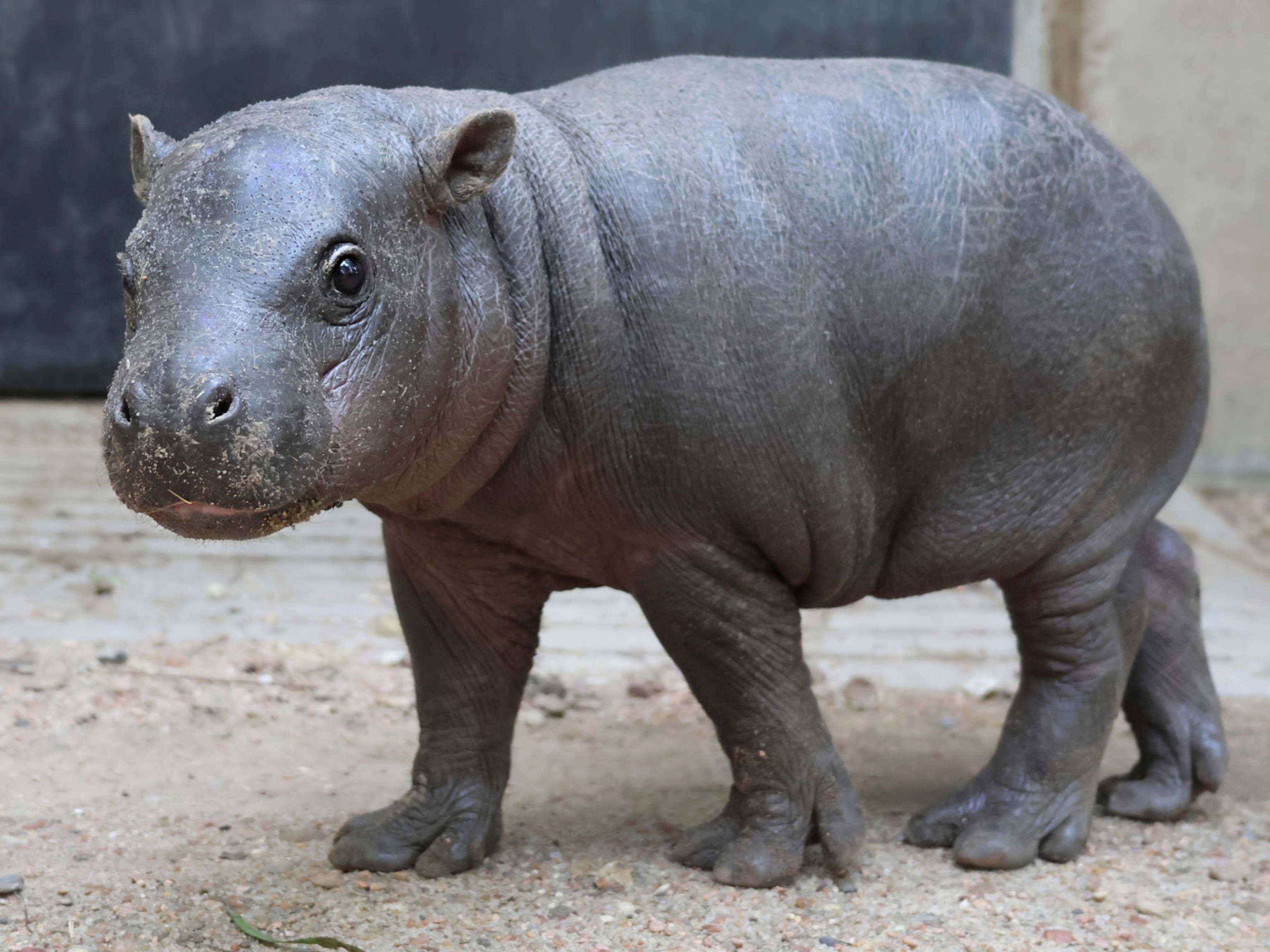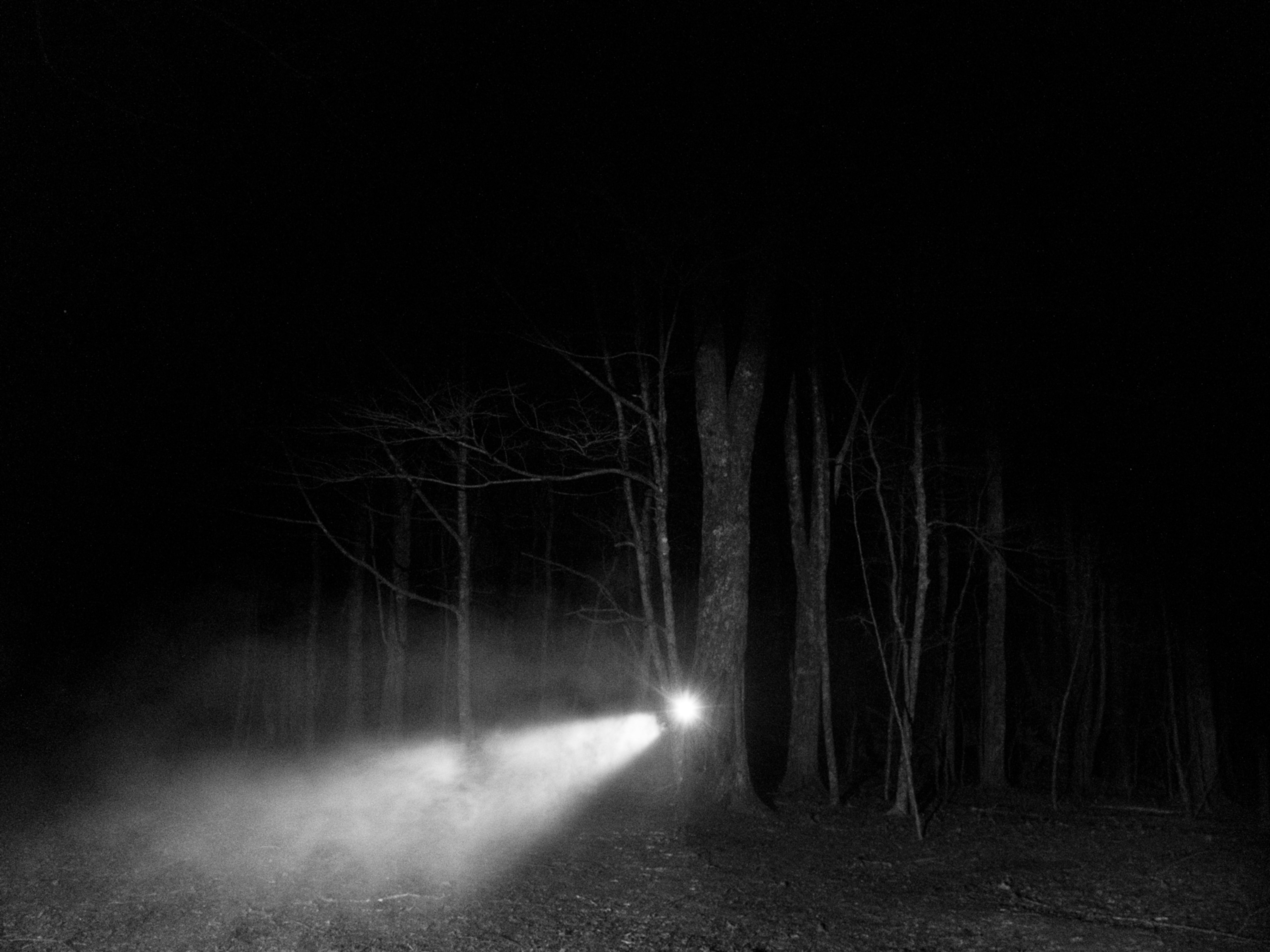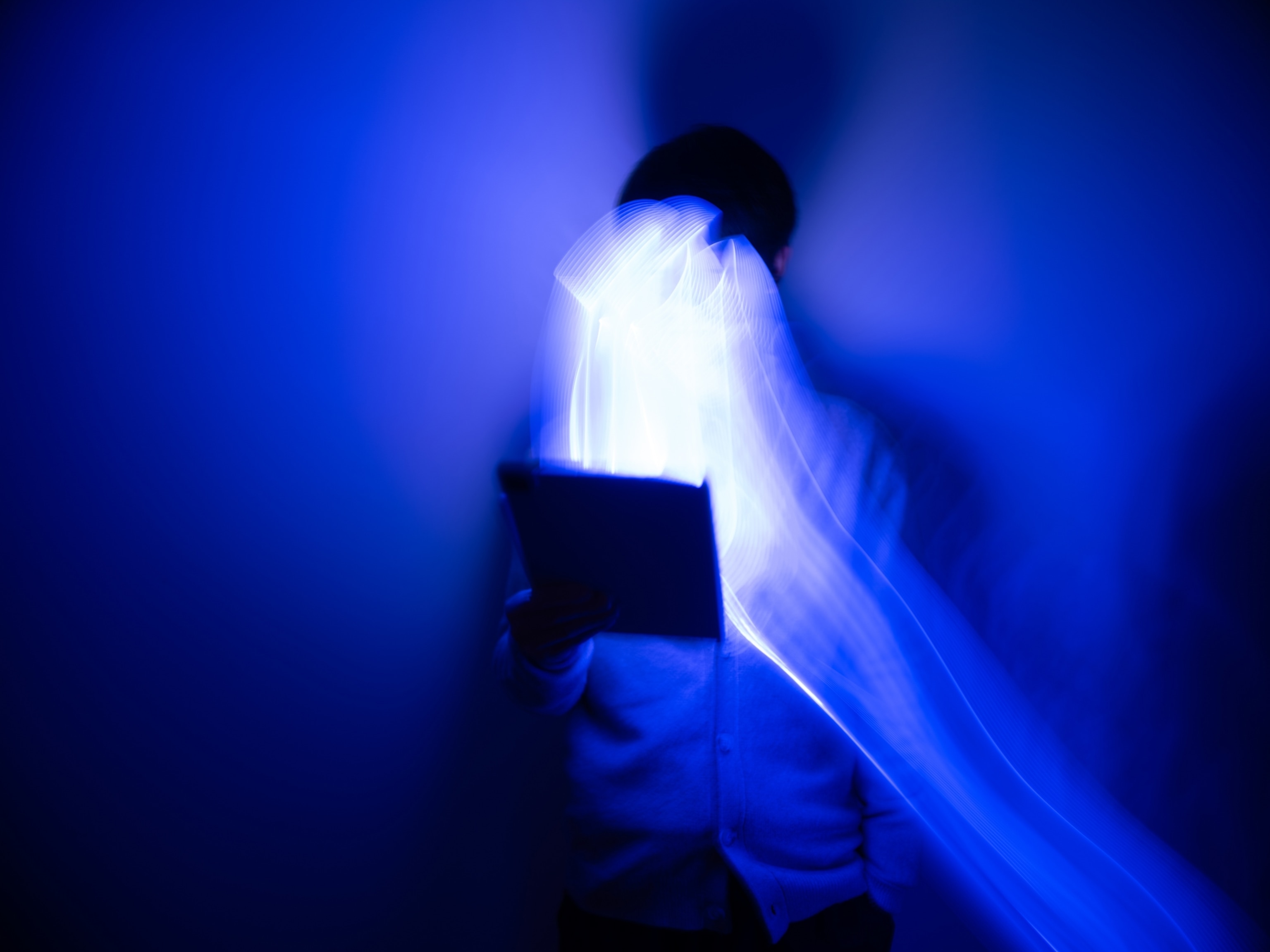Scanning Social Media to Improve Typhoon Haiyan Relief Efforts
“Crisis mapper” Patrick Meier has launched a new crowdsourcing tool.
When disaster strikes, chaos can ensue. Even on social media, where hundreds of thousands of tweets, Facebook posts, and Instagrams can overwhelm human capacity to get a clear picture of who needs what.
That's where Patrick Meier comes in.
Meier harnesses the information-gathering power of social media to improve the speed and effectiveness of relief efforts. He's using a relatively new set of "crisis mapping" tools to assist humanitarian work during the ongoing disaster of Super Typhoon Haiyan (also called Yolanda) in the Philippines. (See "What's a typhoon?")
Meier is director of social innovation at the Qatar Foundation's Computing Research Institute in Qatar. He develops tools, like the just launched website MicroMappers, that quickly sort through online data, from tweets to uploaded photos, and then display the information on satellite maps.
Aid agencies can view the maps, which change in real time based on data coming in, and then use that information to help plan their relief efforts.
"Situational awareness is key to allocating resources and coordinating logistics," Meier told National Geographic last year, when he was selected as a National Geographic emerging explorer.
"These dynamic everchanging maps are like having your own helicopter," he said. "They provide a bird's-eye view as events unfold across time and space. Gaining information like this straight from crisis zones is a game changer; these technologies didn't exist just a few years ago."
Meier answered questions about his work on the Philippines typhoon via e-mail.
How are you mobilizing to help victims of the typhoon?
We launched MicroMappers in order to very quickly tag tens of thousands of tweets (and soon pictures) coming out of the Philippines. More specifically, and at the UN's request, we are asking volunteers from all around the world to tag tweets if they are related to "requests for help," "infrastructure damage," and "displaced populations."
We're doing this entirely online via the Digital Humanitarian Network and anyone can volunteer, no prior training or experience required. You can learn more about the efforts at MicroMappers.com.
What are your specific goals for crisis mapping amid the typhoon's aftermath?
Our goal is to rapidly map the needs and damage resulting from Typhoon Yolanda so that our UN colleagues can respond more quickly with their relief efforts.
How do you coordinate with aid agencies?
We'll coordinate through the Digital Humanitarian Network, which is the official interface between formal humanitarian organizations and global volunteer networks. The UN Office for the Coordination of Humanitarian Affairs (OCHA) was the organization that activated the Digital Humanitarian Network, so we are liaising directly with them via email, Skype, and phone.
In fact, I just got off a one-hour call with OCHA in New York to give them a situation update on our digital humanitarian operation in the Philippines.
How can people around the world help?
The only limit is our server. We're getting an amazing response, which means that our MicroMappers Clicker is very slow right now. So that's something we're working on to fix and will do better in the next deployment. But we've so far had hundreds of volunteers tagging tens of thousand of tweets. Just amazing, a real first for humanitarian response in the 21st century.
How is the information being vetted, to make sure it is accurate and helpful?
First, we are using built-in quality control mechanisms, which means that every tweet and picture is being tagged by at least three different volunteers. So only if three volunteers tag the tweet and image the same way do we take that data to the next level. Second, the volunteers of the Digital Humanitarian Network—specifically the Standby Volunteer Task Force (SBTF)—are then reviewing the results for a second level of quality control to ensure accuracy and relevance.
Are false reports a risk?
Yes, as are false news media reports. But these are typically few and far between. We've also shown that we can predict the credibility of tweets automatically. In addition, our colleagues at the BBC's User Generated Content Hub have been verifying user-generated content since 2005. There are strategies and tactics (called information forensics) to verify this content, which we are applying as best we can.
At the end of the day, though, it is up to the UN in the Philippines to review the content and judge the validity of the data themselves.
Are there any particular challenges to working during this storm?
The main challenge is really making sure that our MicroMappers platform doesn't crash because so many volunteers are helping out! We responded to a massive typhoon in the Philippines last year (Typhoon Pablo), so we had some experience going into this digital humanitarian operation. So there were no challenges with this storm in particular that we haven't faced before.
How might the penetration of mobile devices in the Philippines affect your effort?
It definitely helps and makes a big difference that there are so many mobile phones in the Philippines. In addition, Filipinos are avid and sophisticated social media users, which means that the social media content posted online during disasters tends to be rich and useful.
Compare this with our response to the Pakistan earthquake in September, where there was virtually no social media footprint in Balochistan. This meant we got practically no actionable information from Twitter. So yes, [penetration of mobile and social technologies] makes a big difference.








